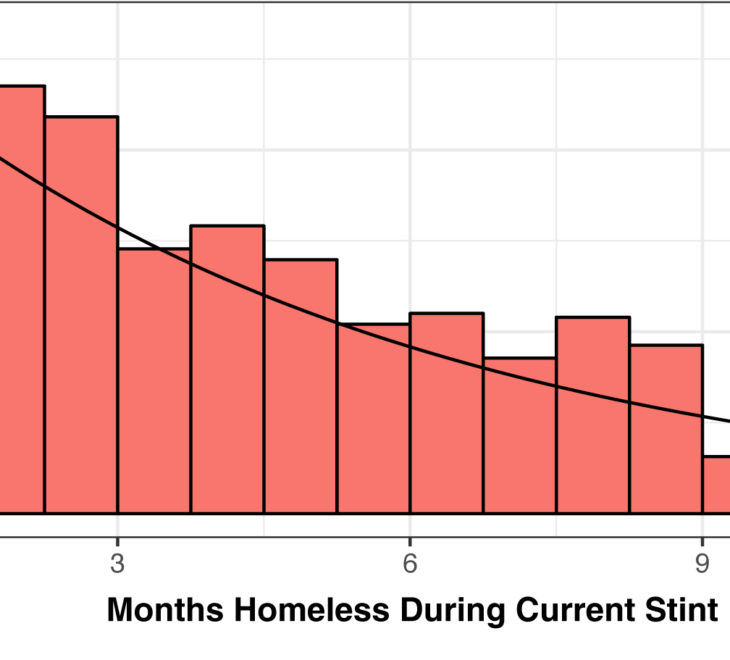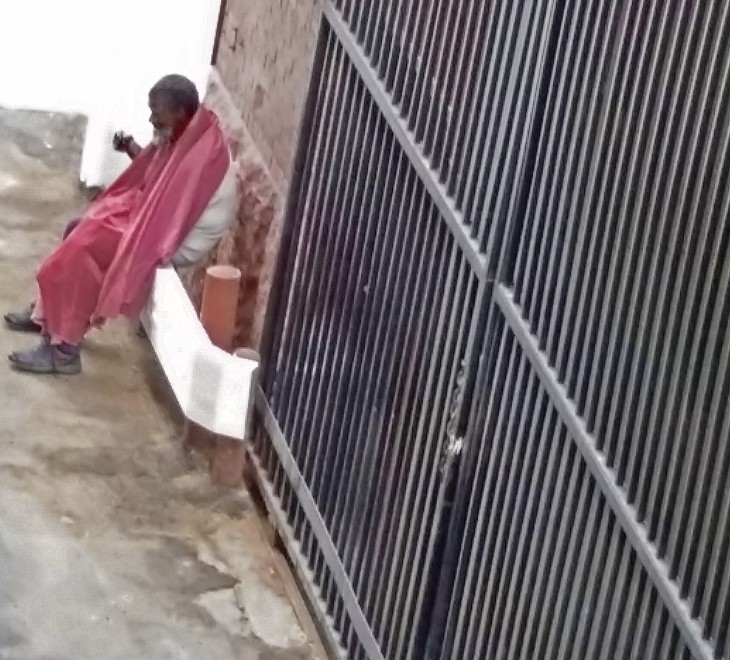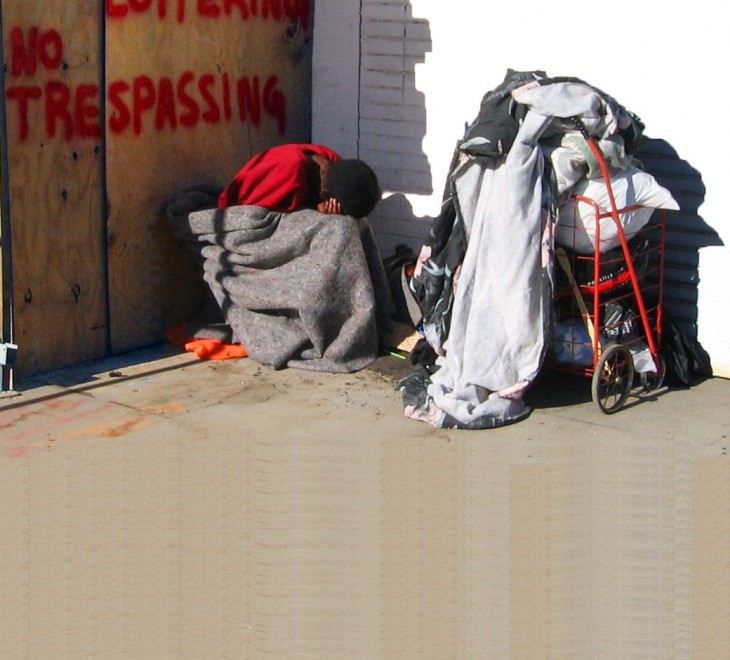Even though we want to see the tragedy of homelessness shrinking in our rear-view mirror, what we need most is an acurate picture of reality. The Los Angeles Homeless Services Authority’s annual count of homeless residents is supposed to tell us whether the problem is getting bigger or smaller, but the results are not as reliable as they should be.
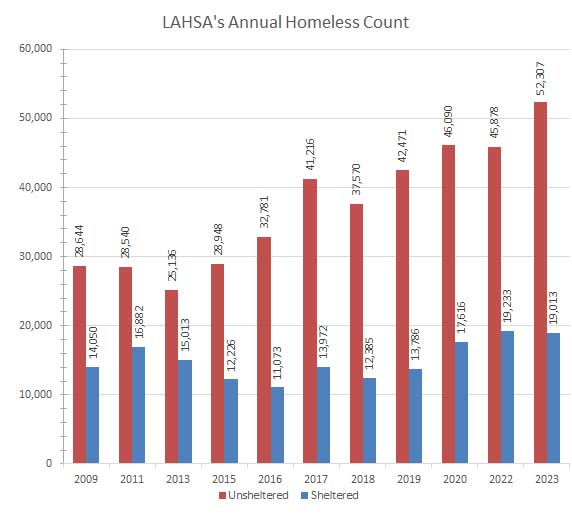
The overall trend is that the number of unsheltered homeless residents living in vehicles, tents, make-shift shelters, and on sidewalks has been increasing since at least 2013, as shown in the chart above. However, there were clear misfires in the counts of unsheltered residents in 2018 and 2022, as shown in the chart below.
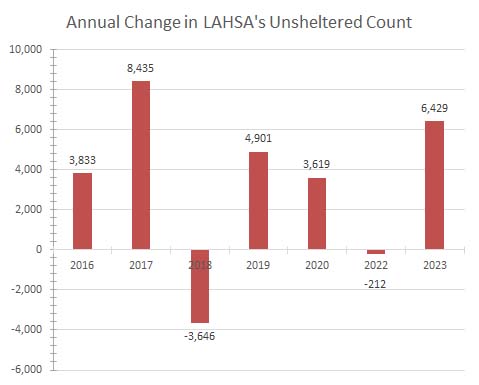
The evidence that the public saw through car windows contradicted LAHSA’s numbers, which implausably showed the number of unsheltered residents declining in 2018 and 2022. The forces of economic inequality and unaffordable housing that cause unsheltered homelessness do not reverse themselves dramatically from one year to the next.
Inaccurate official count numbers that show the number of unsheltered homeless people declining obscure the ongoing increase in unsheltered homelessness. If we mistakenly believe the inaccurate counts in 2018 and 2022, the long-term growth trend becomes choppy and confusing.
Many of the same unsheltered individuals remain living in the same locale, struggling with the same poverty challenges, and burdened by the same failures of families, community organizations and public institutions year after year.
We do not know where we are or where we are going without a good map. The count is a crucial program for counting and describing Los Angeles’ homeless residents, but it does not yet reliably identify year-to-year changes in homelessness.
Better procedures for conducting the street count and demographic survey are needed to improve the accuracy of the homeless count and strengthen the reliability and year-to-year consistency of the count. We’ve suggested some improvements on pages 61 and 62 of Breaking the Fall.



